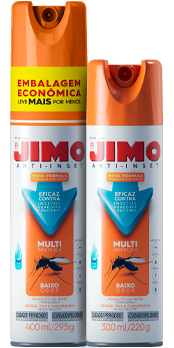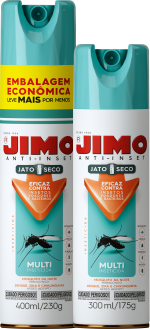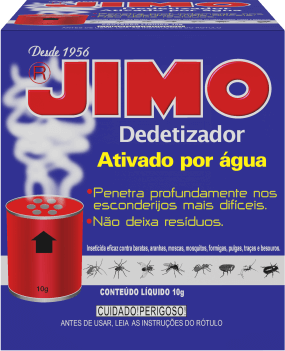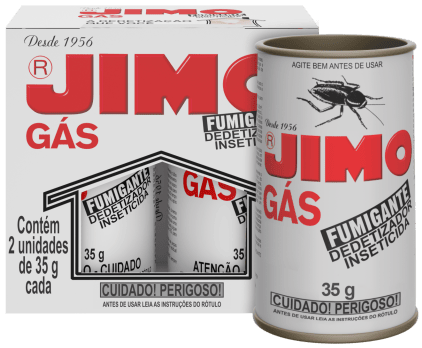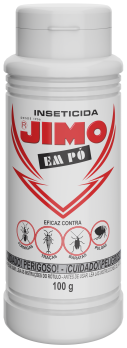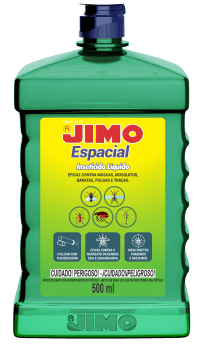
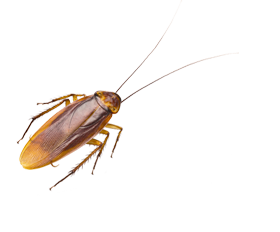 Cockroaches exist in the world for over 400 million years and belong to more than 4,000 species, but less than 1% are considered urban pests. Their size can vary from a few millimeters to 10 cm, being generally of nocturnal habits. They can be found in many environments around the world, except in the polar regions. They are potential vectors of diseases such as dysentery, gastroenteritis and polio.
Cockroaches exist in the world for over 400 million years and belong to more than 4,000 species, but less than 1% are considered urban pests. Their size can vary from a few millimeters to 10 cm, being generally of nocturnal habits. They can be found in many environments around the world, except in the polar regions. They are potential vectors of diseases such as dysentery, gastroenteritis and polio.
Their shape and size vary according to the species, but in general females are larger than males, the latter having more developed wings. Cockroaches are omnivorous insects, i.e. they eat anything, being specially attracted to sweets, fatty and animal origin foods. A fun fact is that they can live for a week without water, up to a month without eating and also for several weeks without a head. Cockroaches develop by gradual metamorphosis, comprising the stages of egg, nymph and adult. They like to hide in cracks, crevices or other protected areas that are hot and humid during the day. Some cockroaches can contract, carry and spread bacteria harmful to human health (such as salmonella) over the surfaces they pass through.
See below a brief description of two species considered pests and easily found in Brazil.
Blatella germanica, is popularly known as small cockroach or German cockroach. Differs from others by the small size (up to 1.5 cm). They are insects of high reproductive capacity. A female can lay from 3 to 6 egg sacs, averaging 30 to 50 eggs during her lifetime.
The incubation period may be 14 days, however it depends very much on temperature and humidity. The duration of the adult stage can reach a year. These cockroaches tend to hide in places near sources of food or moisture, kitchens being their preferred locations. They are usually found in homes, restaurants, warehouses, hospitals, etc.
Periplaneta americana, popularly known as sewer roaches, is a large and flying cockroach. It can reach 5 cm in length and is characterized by its pine nut color with a yellow band on the protective head shield.
During its lifetime, which lasts between 6 and 9 months, a female can lay many egg sacs per week, each one with 8 to 14 eggs, depending on factors such as humidity or ambient temperature, which will hatch in approximately 35 to 60 days. These cockroaches can live in large groups, and since they are big insects they prefer hidden and large environments such as drains, grease traps, pipes, attics, etc.





















